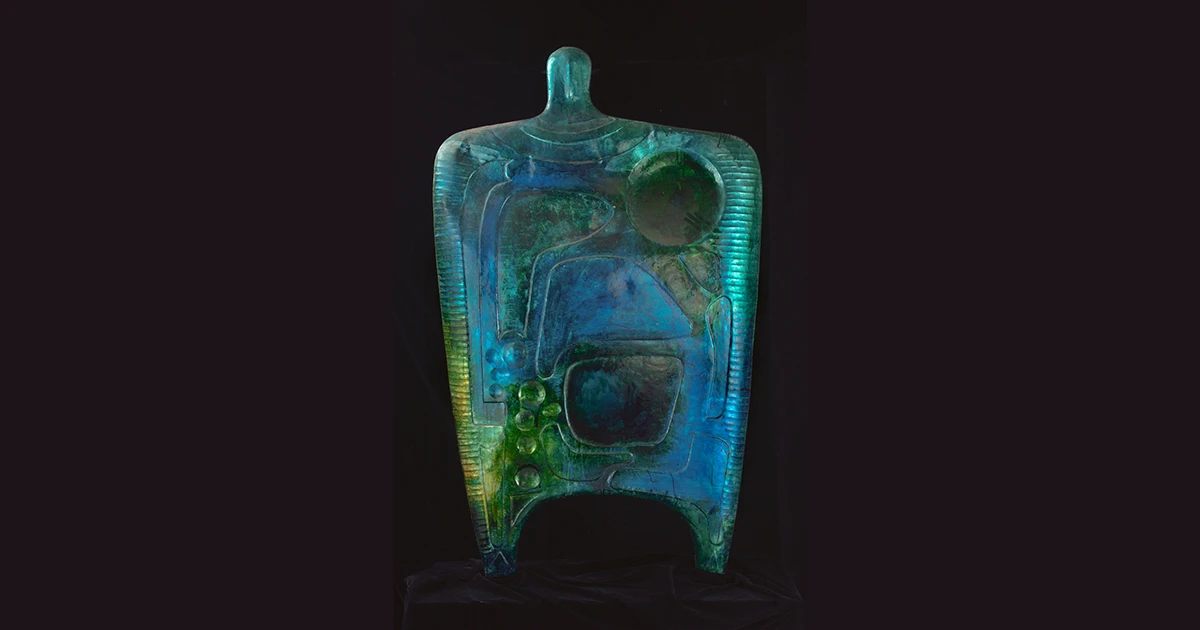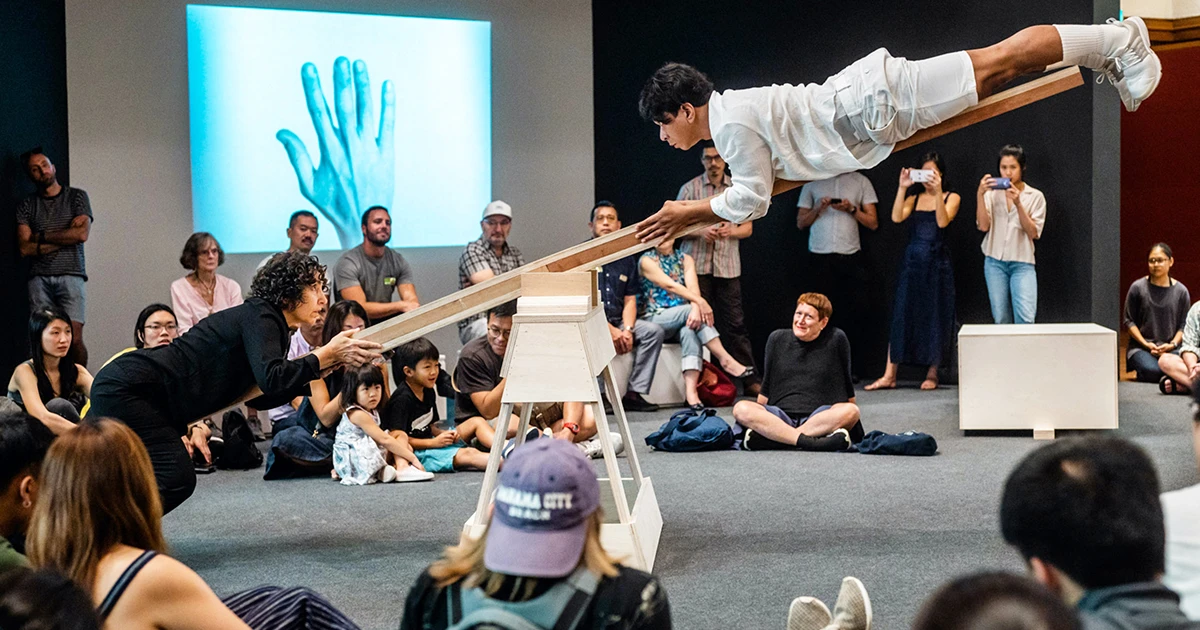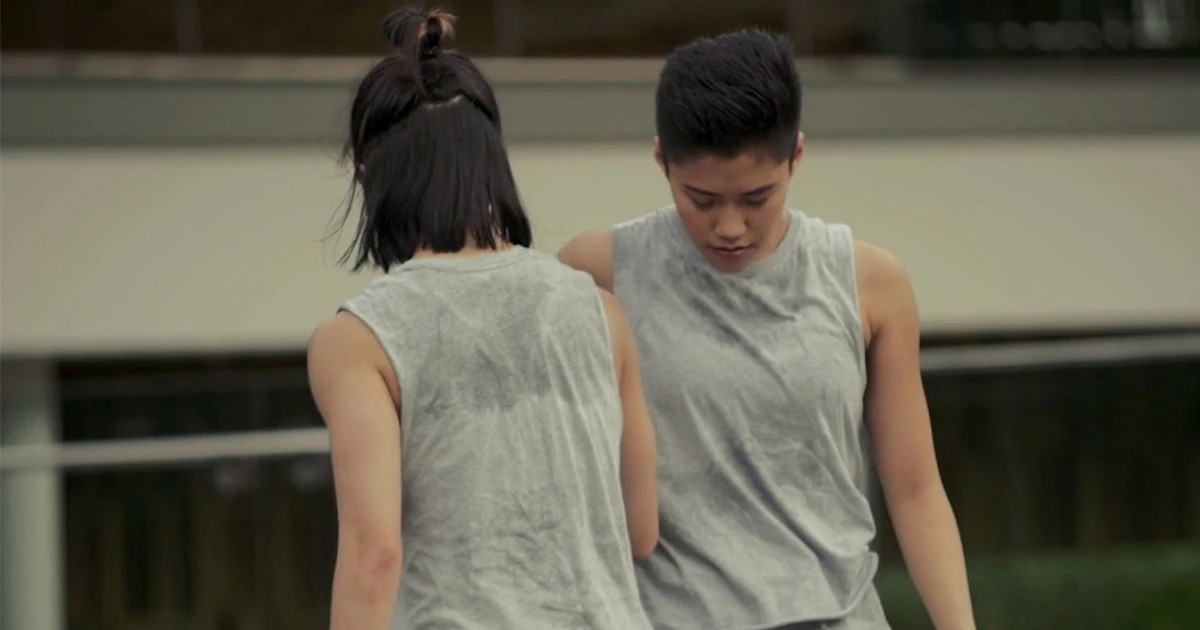Lin Hsin Hsin @ speed of thought
Lin Hsin Hsin (林欣欣) can be called a woman ahead of her time. Pioneering and prodigious, she is an IT visionary and inventor as well as an artist, poet and composer. Her works were recently on display at the Gallery as part of Something New Must Turn Up: Six Singaporean Artists After 1965. Curator Seng Yu Jin tells us more about the exhibition and this artistic innovator.
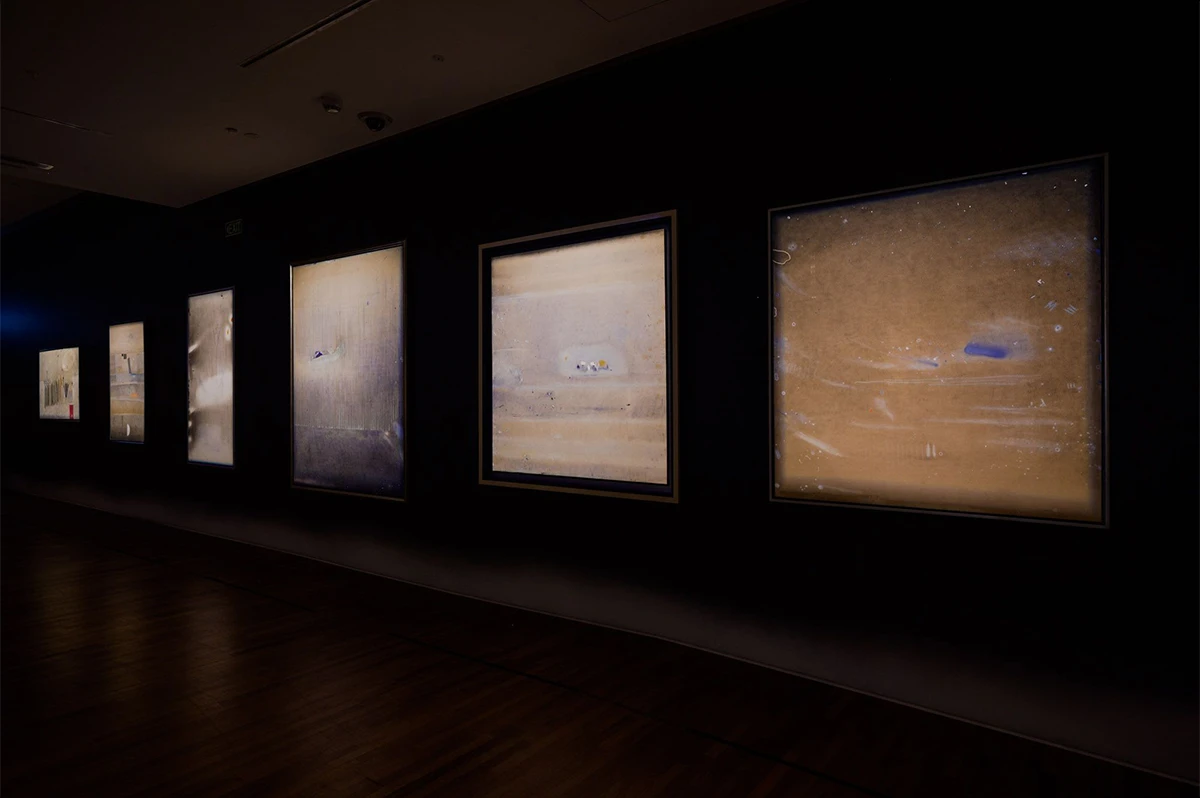
9 August 1965 was a defining moment in Singapore’s history. It marked Singapore’s political separation from Malaysia to become an independent sovereign state. This event abruptly ruptured the shared Malayan cultural identity forged through the 1950s, and left a psychological fissure that deeply impacted artists in Singapore. The title of this exhibition encapsulates the anxieties and possibilities of creating a new art for a new nation-state. It is derived from a statement by artist Ho Ho Ying, who was one of the leading intellectuals of the Modern Art Society Singapore. He proclaimed in 1963: “Strictly speaking, Realism has passed its golden age; Impressionism has done its duty; Fauvism and Cubism are declining. Something new must turn up to succeed the unfinished task left by our predecessors”.
Something New Must Turn Up: Six Singaporean Artists After 1965 is a joint exhibition of six solo presentations that explore and compare the artistic practices of Singaporean artists Chng Seok Tin (莊心珍), Goh Beng Kwan (吴珉权), Jaafar Latiff, Lin Hsin Hsin (林欣欣), Mohammad Din Mohammad and Eng Tow (杜瑛).1 Each of them actively expanded the boundaries of modern art in post-independence Singapore by striving to be continuously new. They all undertook multidisciplinary explorations in diverse media, ranging from collage, printmaking and installation to batik, textiles and digital art.
This exhibition also reconsiders the history of modern art in Singapore in light of the vital role played by these artists, and others of this generation that emerged after independence. They not only drove a key period of local modernism, but laid the groundwork for contemporary art practices to come. Many of the urgent issues which these artists began to engage with then remain highly relevant today, such as urban renewal, awareness of our natural environment, and the digital revolution. They also raised enduring questions about the role of tradition and the spiritual in art. Individually and collectively, these six artists rode the wave of change on Singapore’s tumultuous road to independence and subsequent nation-building. Their diverse practices reflect the city-state’s multifarious cultural identities and contributed significantly to building Singapore into the globally connected metropolis it is today.
In addition to economic growth and productivity, developmental states like Singapore also prioritised technological competitiveness. While the 1970s and 1980s focused on manufacturing and services as the economy’s twin pillars, moving up the value chain required advanced technologies that could establish Singapore first as a regional financial hub, and then eventually a knowledge-based economy following the 1997 Asian financial crisis. Pressures to maintain the trajectory of Singapore’s economic growth has kept the country in an anxious state, eager to ensure that its economy is competitive not just regionally, but also globally. It is therefore unsurprising that the use of technology in the Singapore art world emerged during the 1980s, concomitant with the country’s move towards an economy driven by computerisation, automation and mechanisation.
The diversity of artistic practices in this exhibition demonstrates how the artists forged new directions that pushed modern art into what is widely recognised today as contemporary art. Their practices encompass installative and interdisciplinary approaches and touch on a vast range of concerns, from the metaphysical to the digital. Lin Hsin Hsin encapsulates this expansive, innovative spirit: pioneering and prodigious, she works as an IT consultant and inventor as well as an artist, poet, and composer. She has explored and established across multiple media in her five-decade-long career and is most noted for her ground-breaking forays into digital artmaking methods in the world. As early as the 1980s, Lin participated in the activities organised by Alpha Gallery that embraced technology in art for the future, as expounded by futurist architect and theorist Buckminster Fuller. Fuller was an important mentor for Alpha Gallery founder, architect Lim Chong Keat, and his lifelong interest was in identifying technologies that would revolutionise architectural practice and the construction industry. Fuller hoped that by doing so, he would find solutions to global problems like renewable energy sources and homelessness. Lin can therefore be called a woman ahead of her time.
Unlike her peers, Lin was academically educated in mathematics and computer science and achieved formal certification in music, with her fine art training received under senior artists Liu Kang and Cheong Soo Pieng. Consequently, her artworks and writing showcase her knowledge of, and dexterity with, computers and technology, and demonstrate her observations on natural, social and technological phenomena. In 1994, Lin launched what has been reported as the world’s first virtual museum. At the same time she boldly cast off traditional methods of painting, composing works instead with the computer mouse and later her finger on a touchscreen device.
These pictures doucment Lin's National Gallery Singapore exhibition, Lin Hsin Hsin @ speed of thought, which showcased artworks produced from the 1970s to 1994. The exhibition demonstrates the breadth and endurance of Lin’s creativity and her unique contribution to Singapore’s post-Independence arts landscape. This digital format echoes her innovation in digital artmaking and interests in sharing her work online, as in her virtual museum. It is also a direct response by the artist and the Gallery to the urgency of climate change, using a more sustainable way to document the exhibition. Lin’s passionate concern for the conservation of wildlife and the Earth’s natural environment is evident in her work, which has been informed by her keen observations of animals such as the migratory pattern of birds and the vibrant colours and forms of the world première launch of the equation-based butterfly. Her research into cyber security, animals and insects amongst others, is also seen in her world première dendrogram, which demonstrates the vastness of the domains that are of interest to her. Step into her mind, to discover the expanse of visualisation and the amplitude of the subject matters over many decades. These images will also allow a global audience, now deeply engaged in the digital word, greater accessibility to Lin Hsin Hsin’s work.

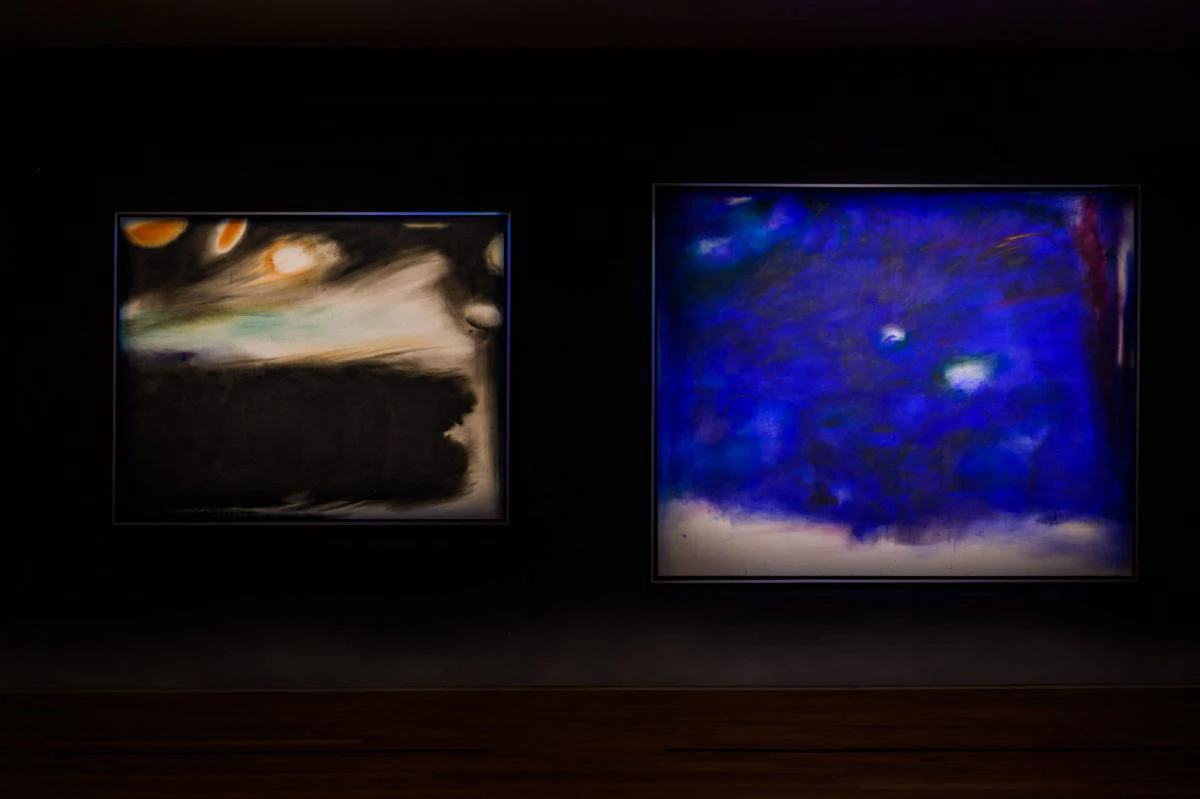
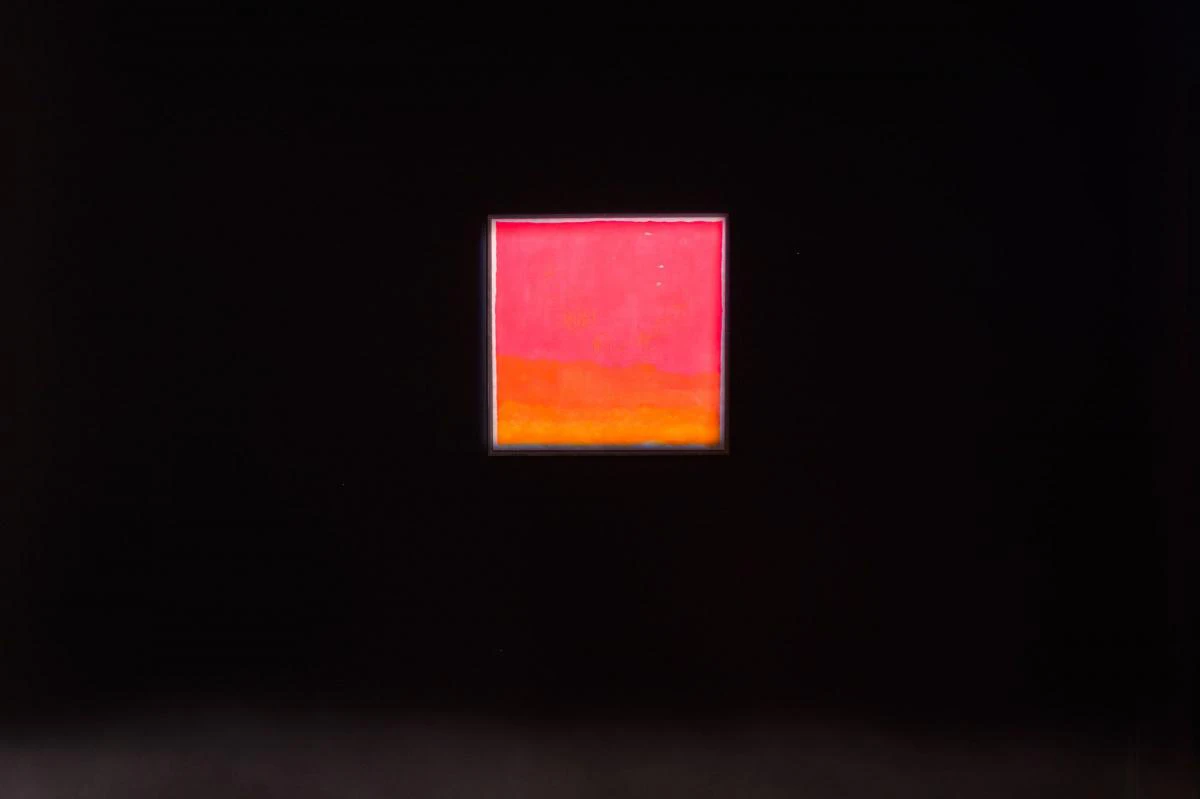
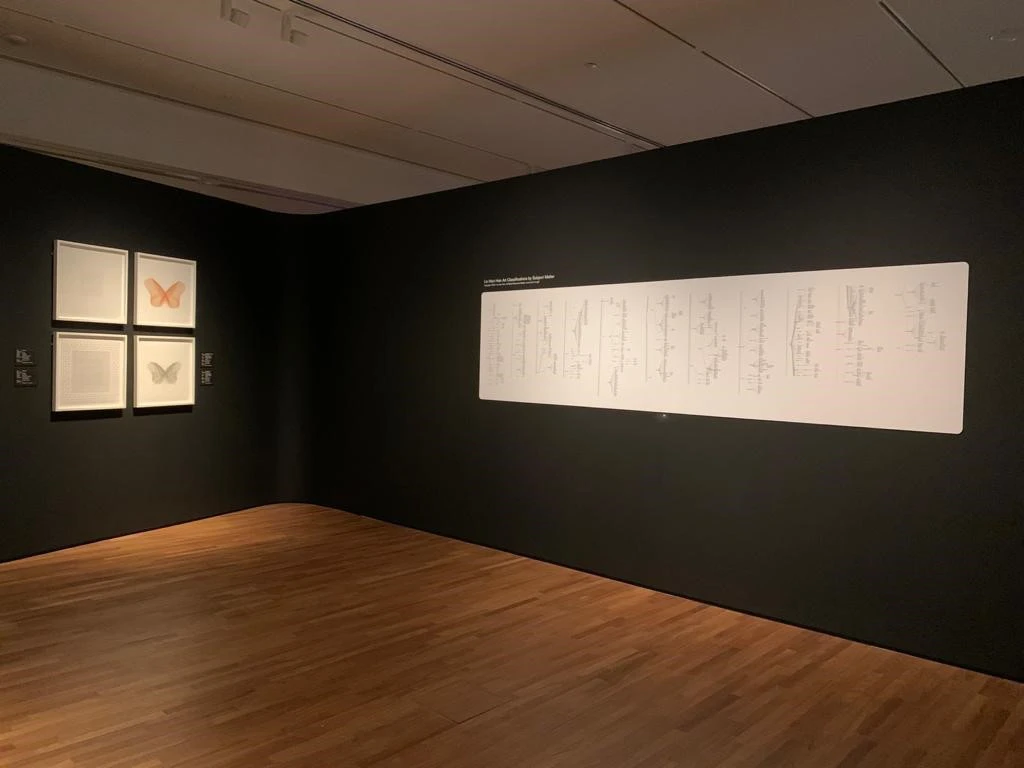
Editor's Note
Something New Must Turn Up: Six Singaporean Artists AFter 1965 has ended it's run at the Gallery. However, you can still check out 360 views of the exhibition at our website!











